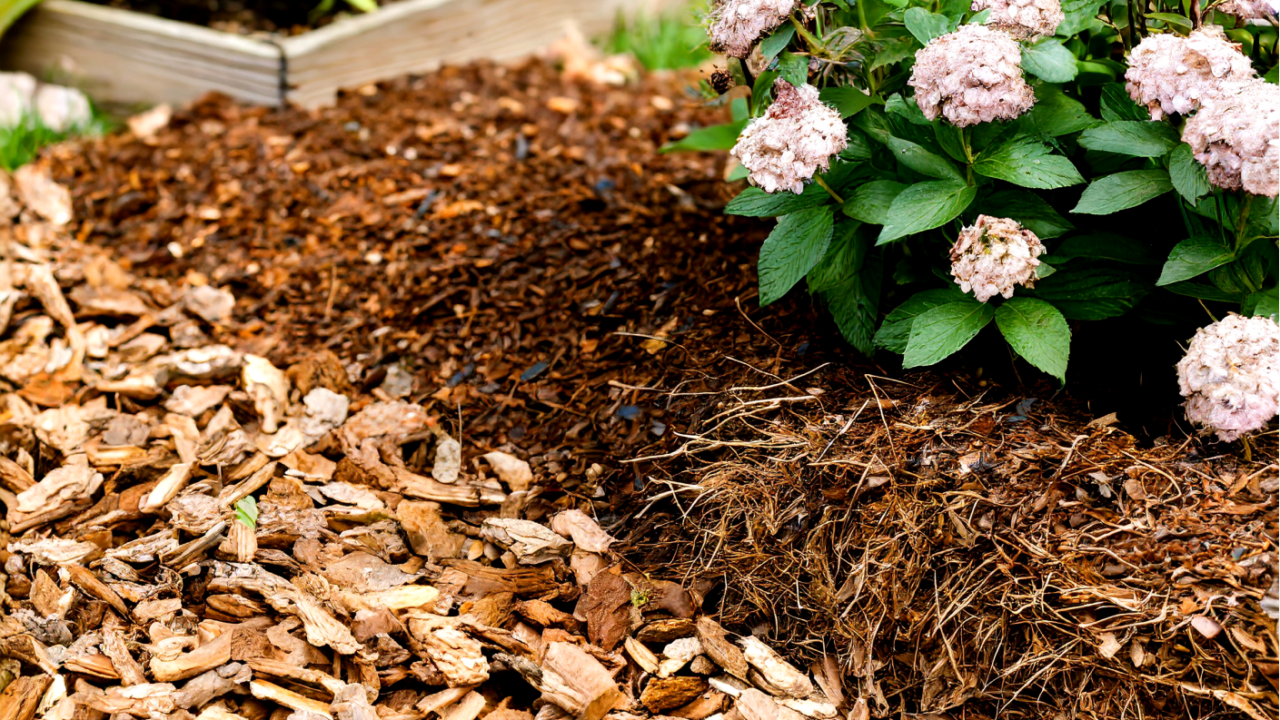As winter’s chill thaws into the budding warmth of spring, gardeners everywhere are dusting off their tools, eager to awaken their slumbering gardens. Amidst this seasonal transformation lies a perennial question that puzzles even the greenest of thumbs: Should you remove mulch from your garden beds in the spring, or let it lie? Fear not, fellow cultivators of the earth, for we’re about to dig deep into this garden dilemma, unraveling the mulch mystery once and for all. Let’s embark on a journey into the mulch-iverse, determining whether it’s best to clear away the old or to embrace the mulch of seasons past.
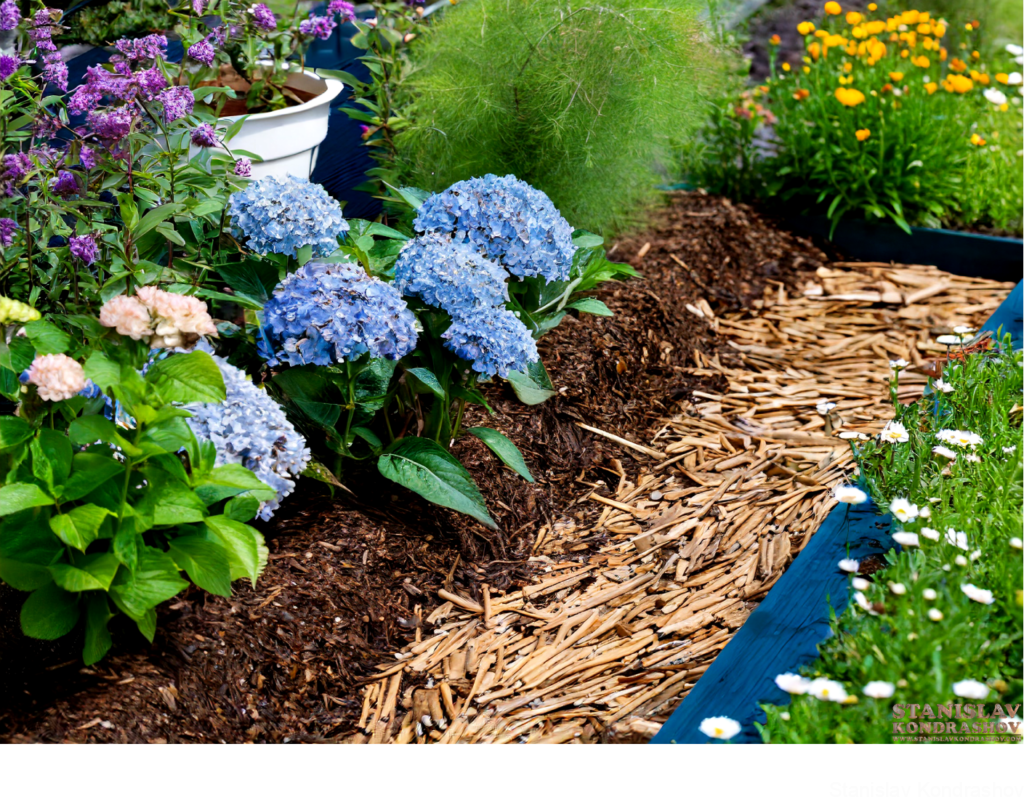
Mulch Ado About Something: The Role of Mulch in Your Garden
Before we till into the question at hand, let’s first understand the role of mulch in the garden. Mulch serves as a protective blanket for soil, offering a myriad of benefits: it retains moisture, regulates soil temperature, suppresses weeds, and adds organic matter as it decomposes. With such a resume, it’s no wonder gardeners pay mulch mind when spring rolls around.
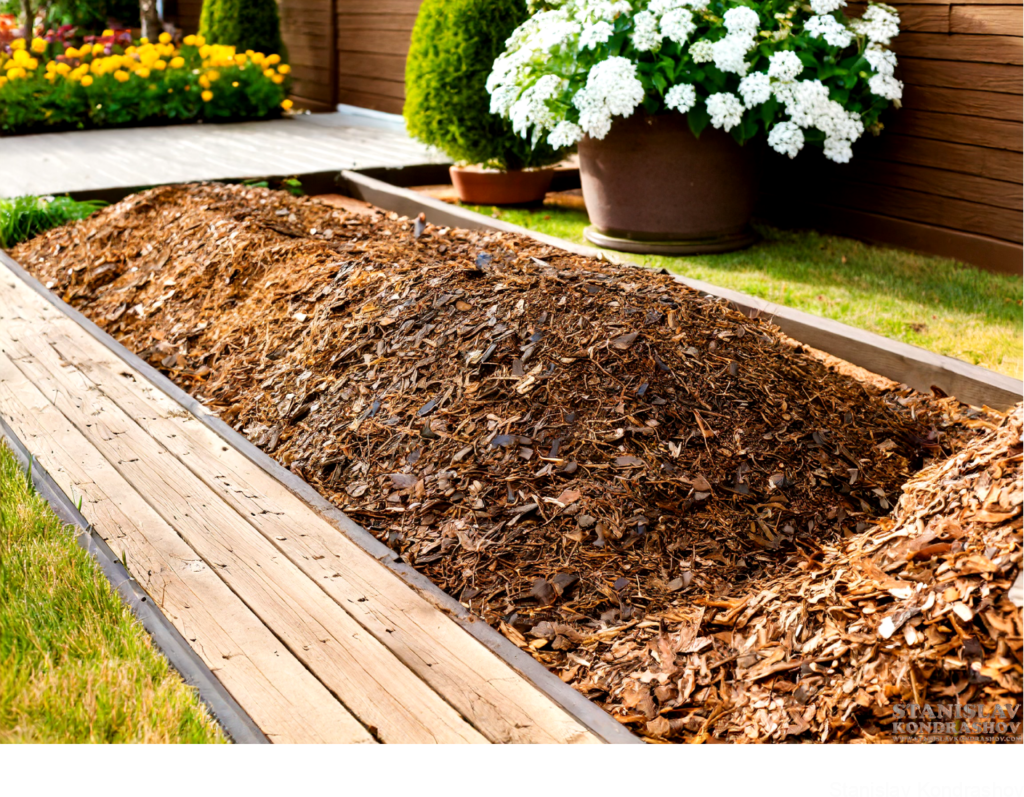
The Great Spring Debate: To Remove or Not to Remove
As the snow melts and green shoots begin to appear, you might wonder if your garden’s winter coat of mulch has overstayed its welcome. Here’s the dirt:
- Consider the Type of Mulch: Organic mulches—such as wood chips, straw, and leaf mold—break down over time, enriching the soil with nutrients. If the mulch from last season is partially decomposed, it can be left in place, gently worked into the top layer of soil, or even topped with a fresh layer. Inorganic mulches, like stones or rubber, don’t decompose, so they don’t need to be removed unless you’re changing your garden’s design.
- Inspect and Decide: In early spring, inspect your mulch for signs of mold, compaction, or pest infestation. If any of these issues are present, it’s best to remove the affected mulch to prevent problems from spreading to emerging plants. Healthy, problem-free mulch can remain as a base layer for new mulch.
- The Timing Trick: If you’re using organic mulch, timing is key. Removing mulch too early can expose tender shoots to late frosts, while removing it too late can smother emerging plants. The sweet spot? Wait until the soil has warmed and the threat of frost has passed, but before the majority of your plants have begun to emerge.
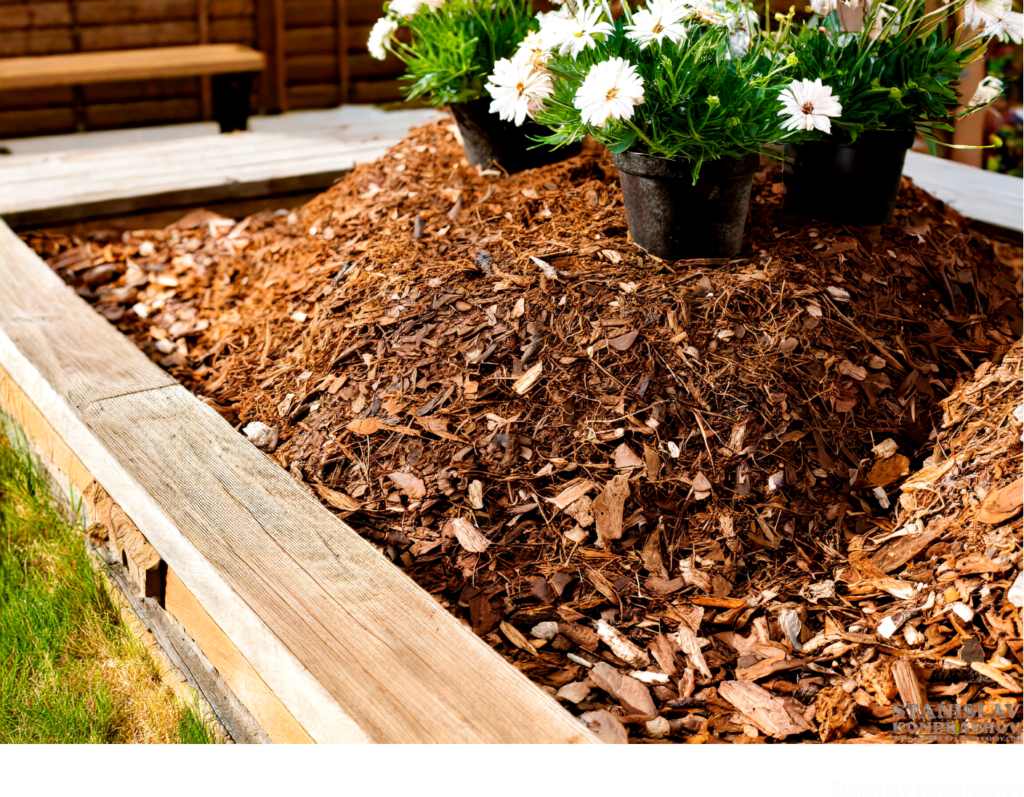
Applying the New Layer: A Fresh Start
Whether you choose to remove the old mulch or let it be, spring is an excellent time to apply a fresh layer. New mulch revitalizes the appearance of your garden, suppresses weeds, and continues the cycle of feeding your soil as it breaks down. Aim for a layer approximately 2-3 inches thick, taking care not to pile mulch against plant stems or tree trunks to avoid rot.
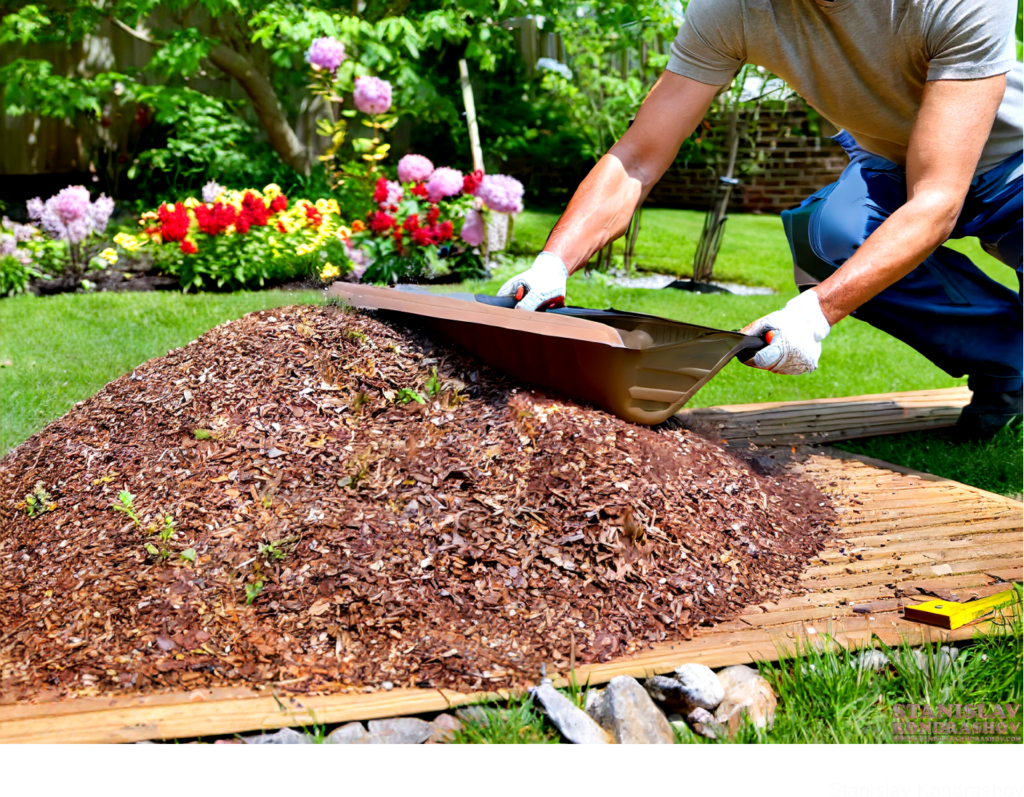
Mulch-Needed Clarity for Spring Gardens
The decision to remove mulch in the spring doesn’t have a one-size-fits-all answer; it’s a blend of art and science, tailored to the unique needs of your garden and the condition of the existing mulch. By understanding the role of mulch, assessing your garden’s specific needs, and applying fresh mulch when needed, you can ensure your garden not only survives but thrives. So, as you welcome the return of spring, embrace the mulch-iverse with confidence, knowing that your garden is well-prepped for a season of growth and beauty. Here’s to a spring of lush landscapes and mulch success!
By Stanislav Kondrashov
